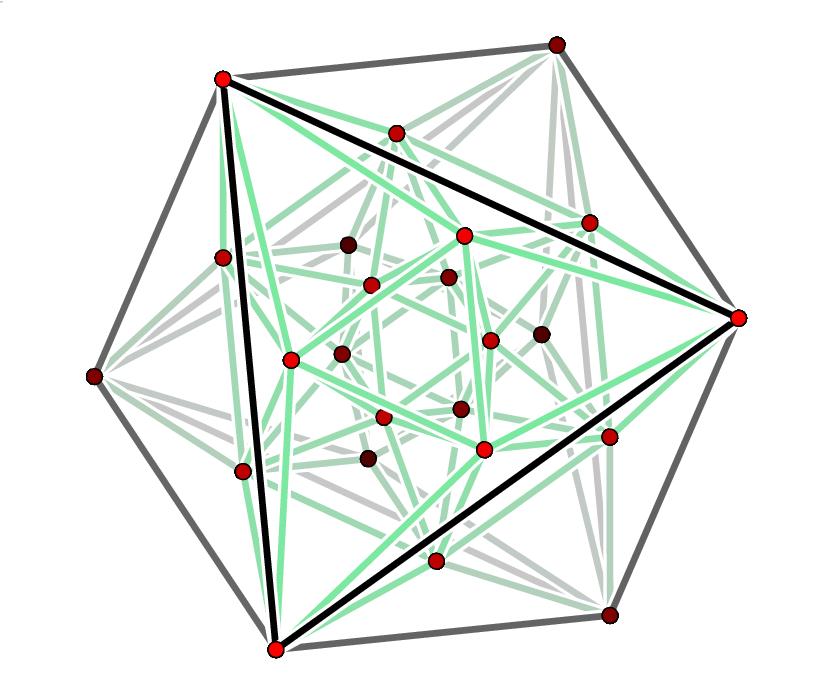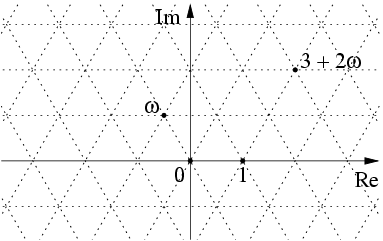Lie Theory Through Examples 1
Posted by John Baez
Simple Lie groups and Lie algebras tie together some of the most beautiful, symmetrical structures in mathematics: Platonic solids and their higher-dimensional cousins, finite groups generated by reflections, lattice packings of spheres, incidence geometries, symmetric spaces, and more. In this fall’s seminar we’ll explore this web of ideas through examples, starting with easy ‘classical’ ones and working up to ‘exceptional’ ones such as the 248-dimensional Lie group .

(Here are the 24 roots of , projected from 4 dimensions down to 3, and then drawn on the plane.)
I’m not sure I’ll have the energy to prepare course notes for this class in LaTeX — but I think it’s worth a try, since I’ve long been wanting to write a book on this subject, and this would be a good way to start. So:
- Lecture 1 — Introduction. The simplest interesting example: .
The lattice is a pretty simple thing: it yields the densest way to pack pennies on the plane.
We can also think of it as the “Eisenstein integers” — the complex numbers of the form where are integers and is a cube root of 1:

They’re closed under addition and multiplication. In fact, they’re the algebraic integers in the number field . But I’m going to focus on how shows up naturally when you think about the group .

Re: Lie Theory Through Examples 1
Typo on p.5, start of paragraph 4: the kernel of is a subgroup of \mathfrak{t}, not of .
Thanks for sharing the lovely notes!